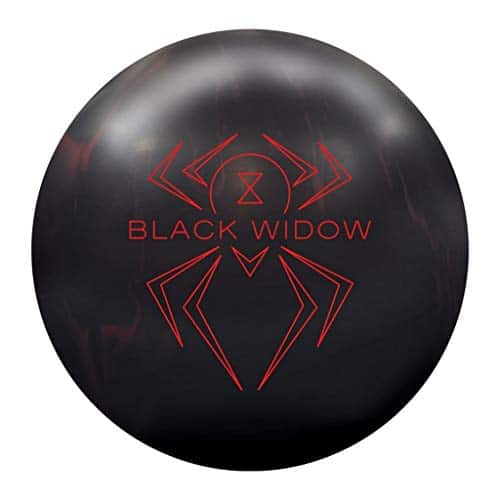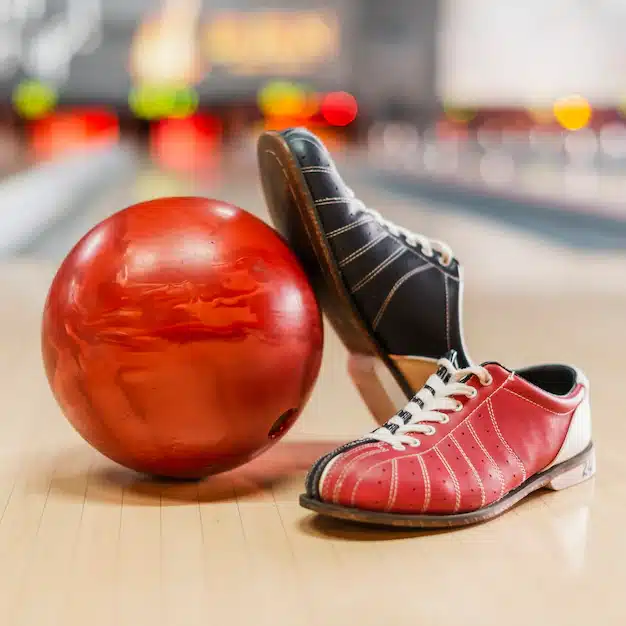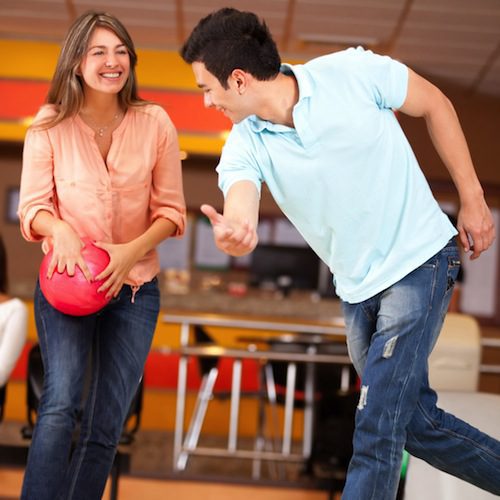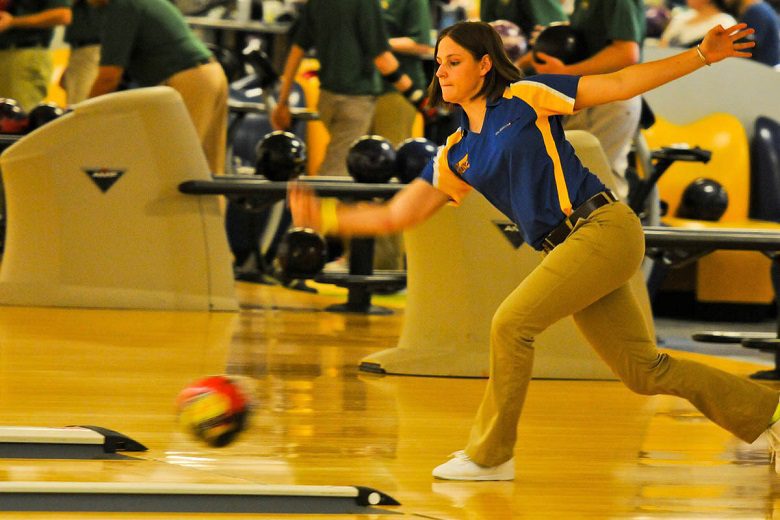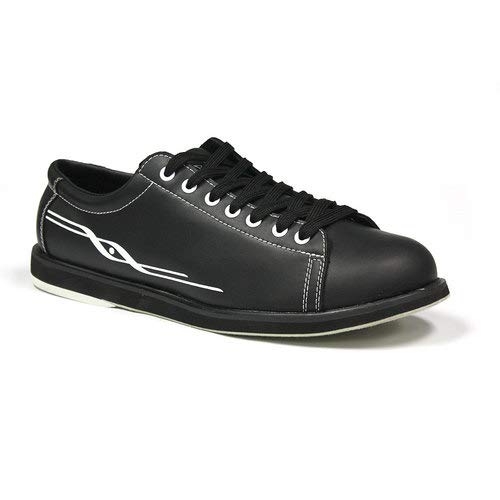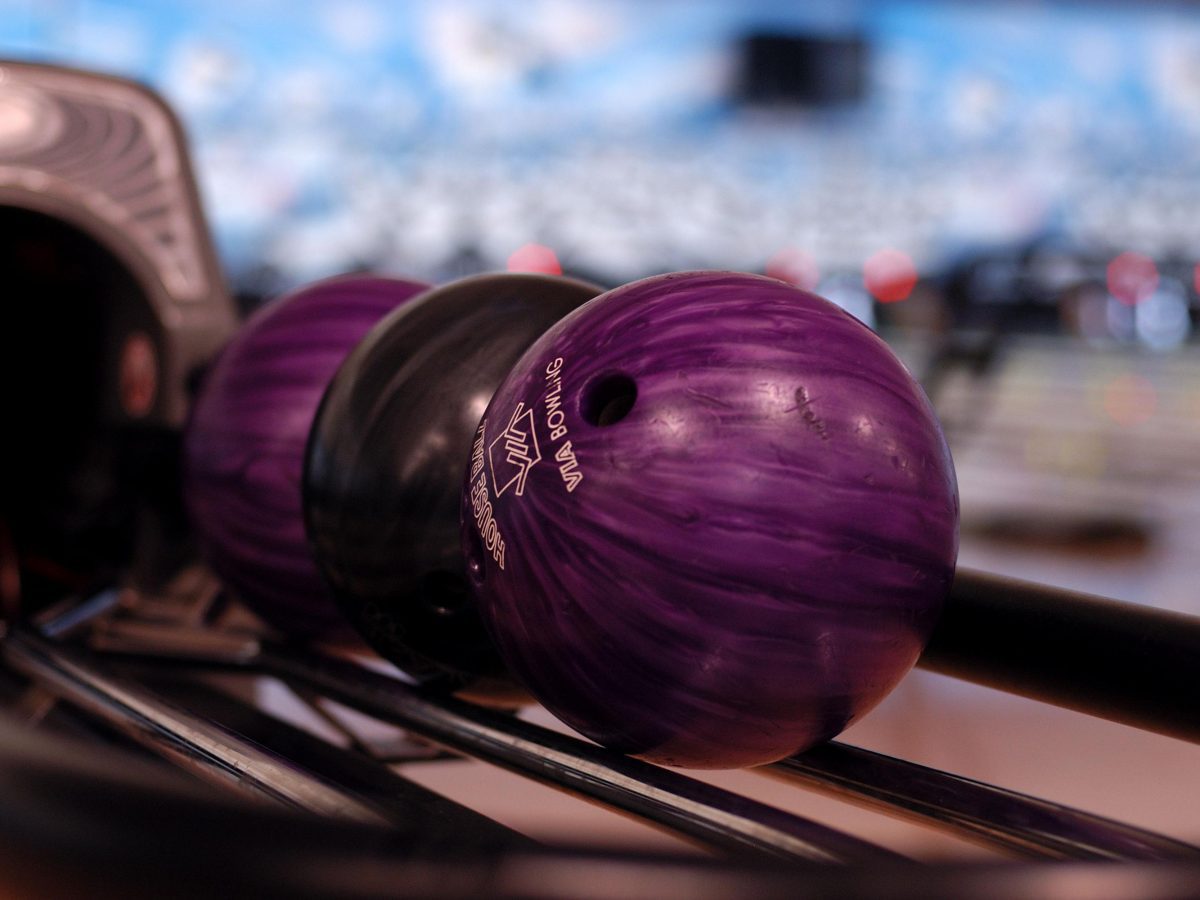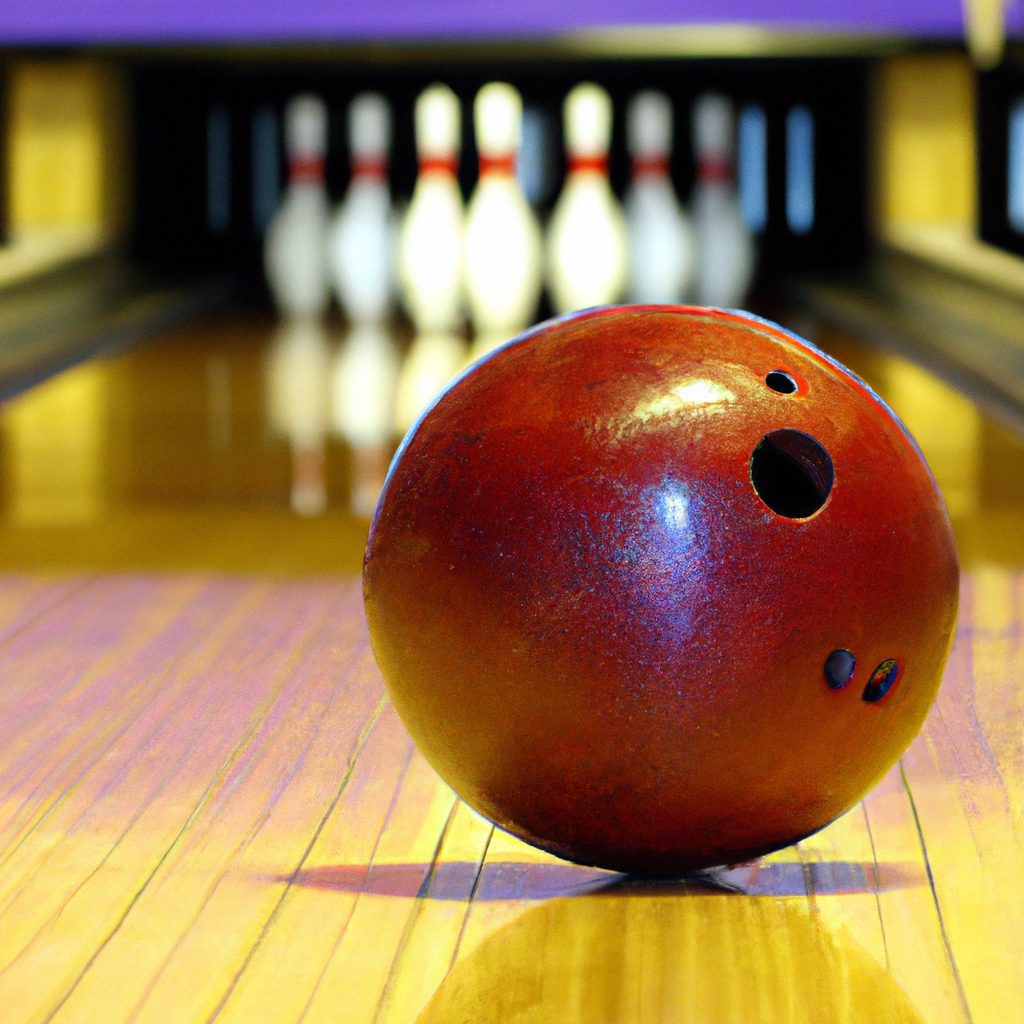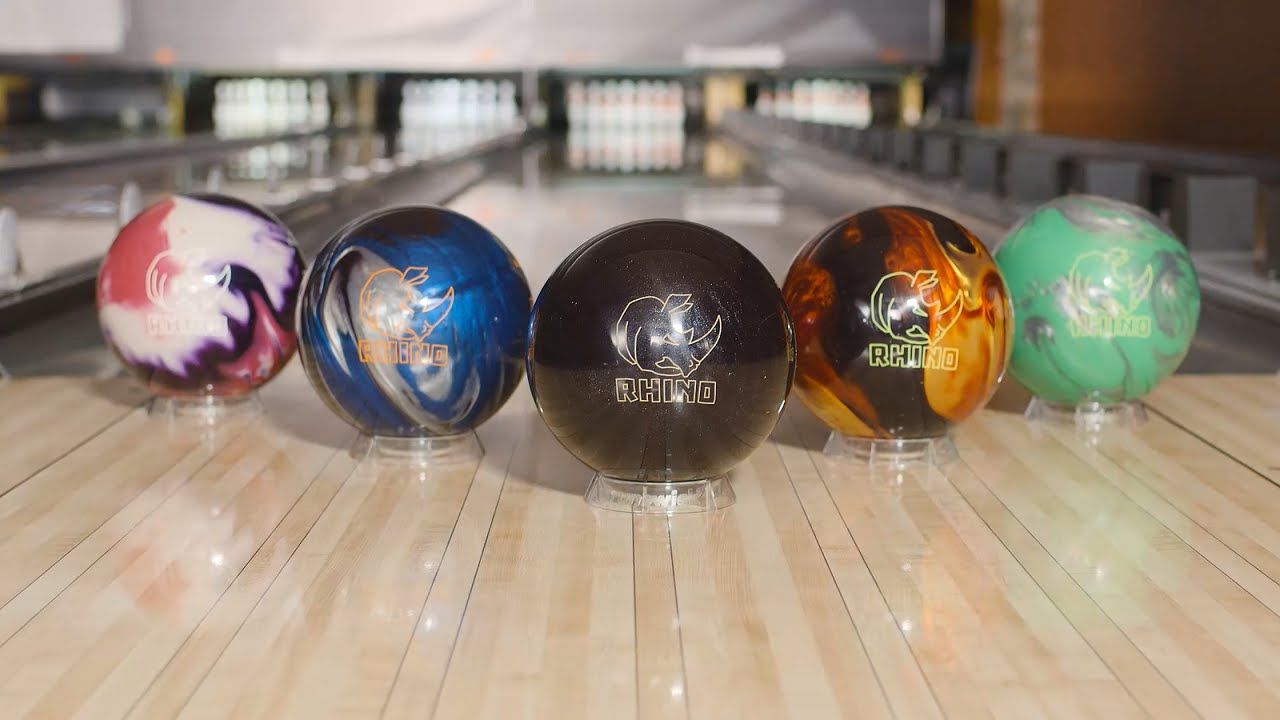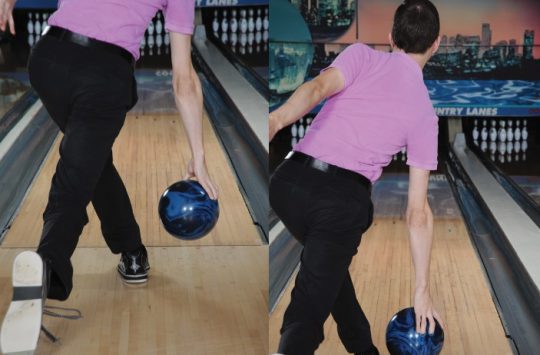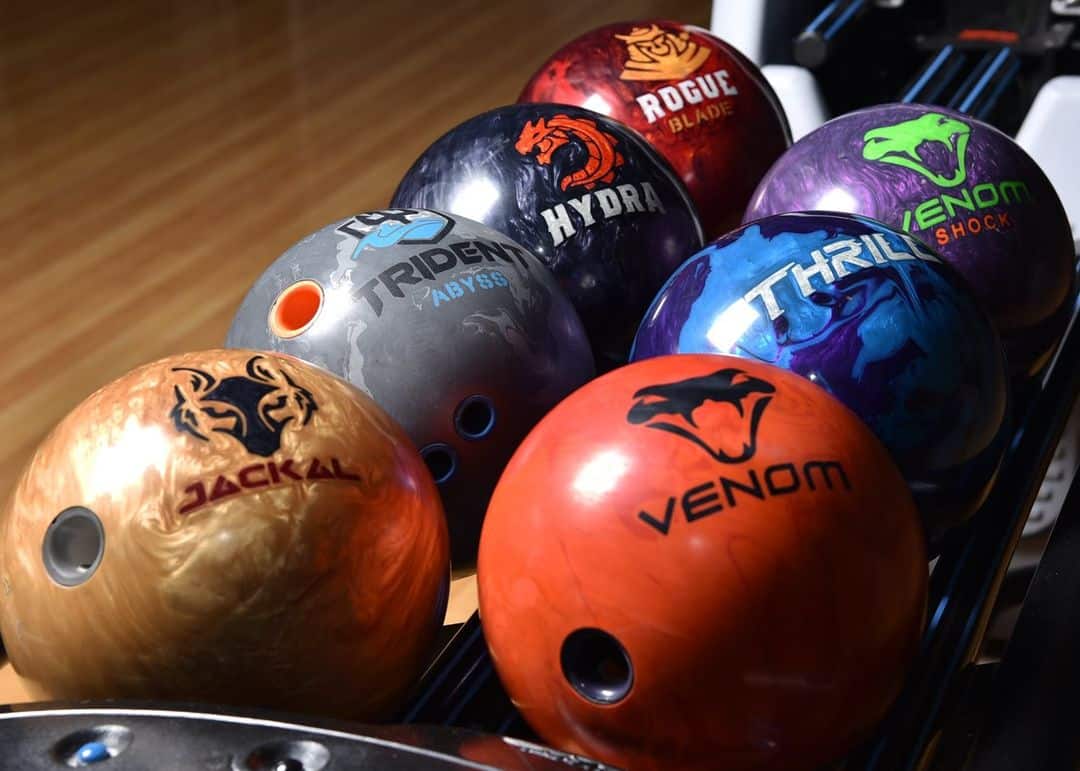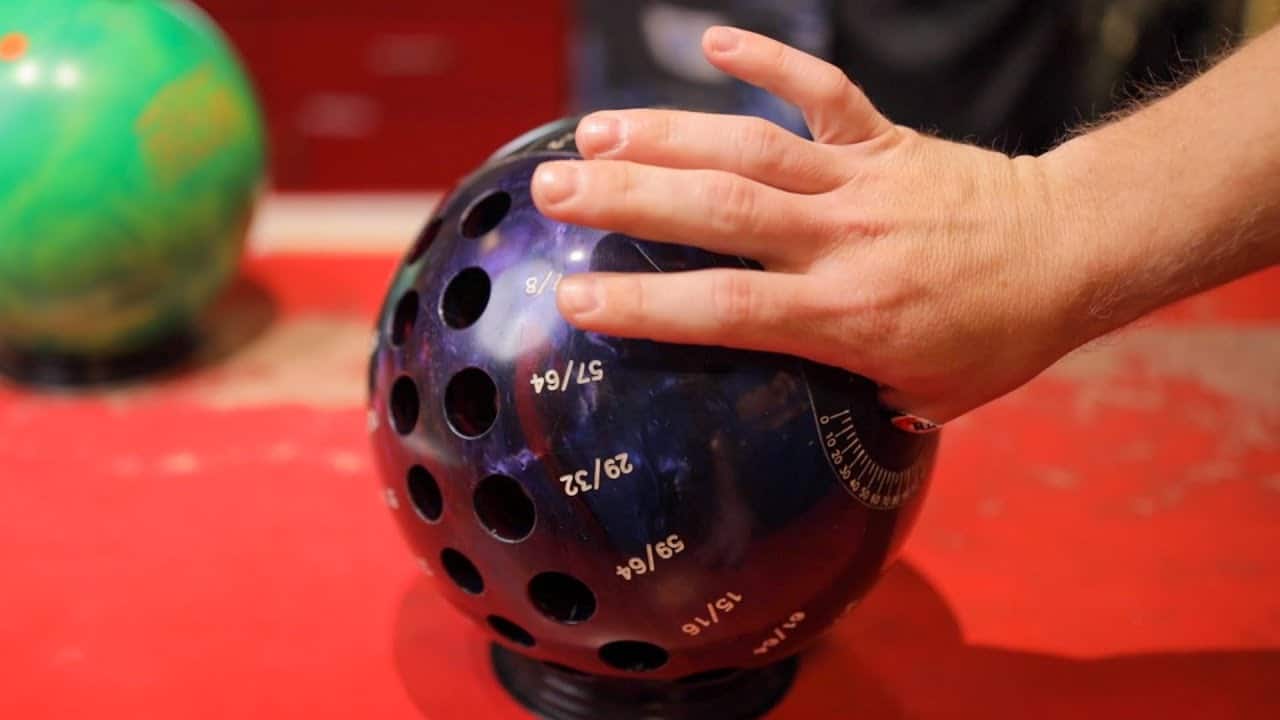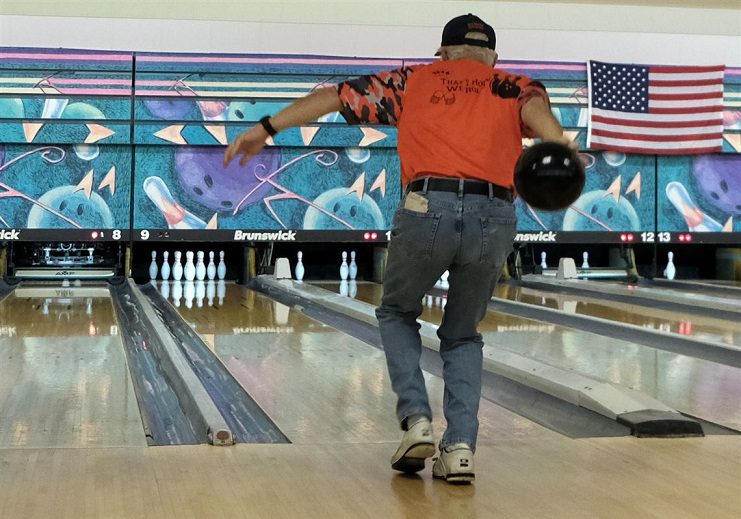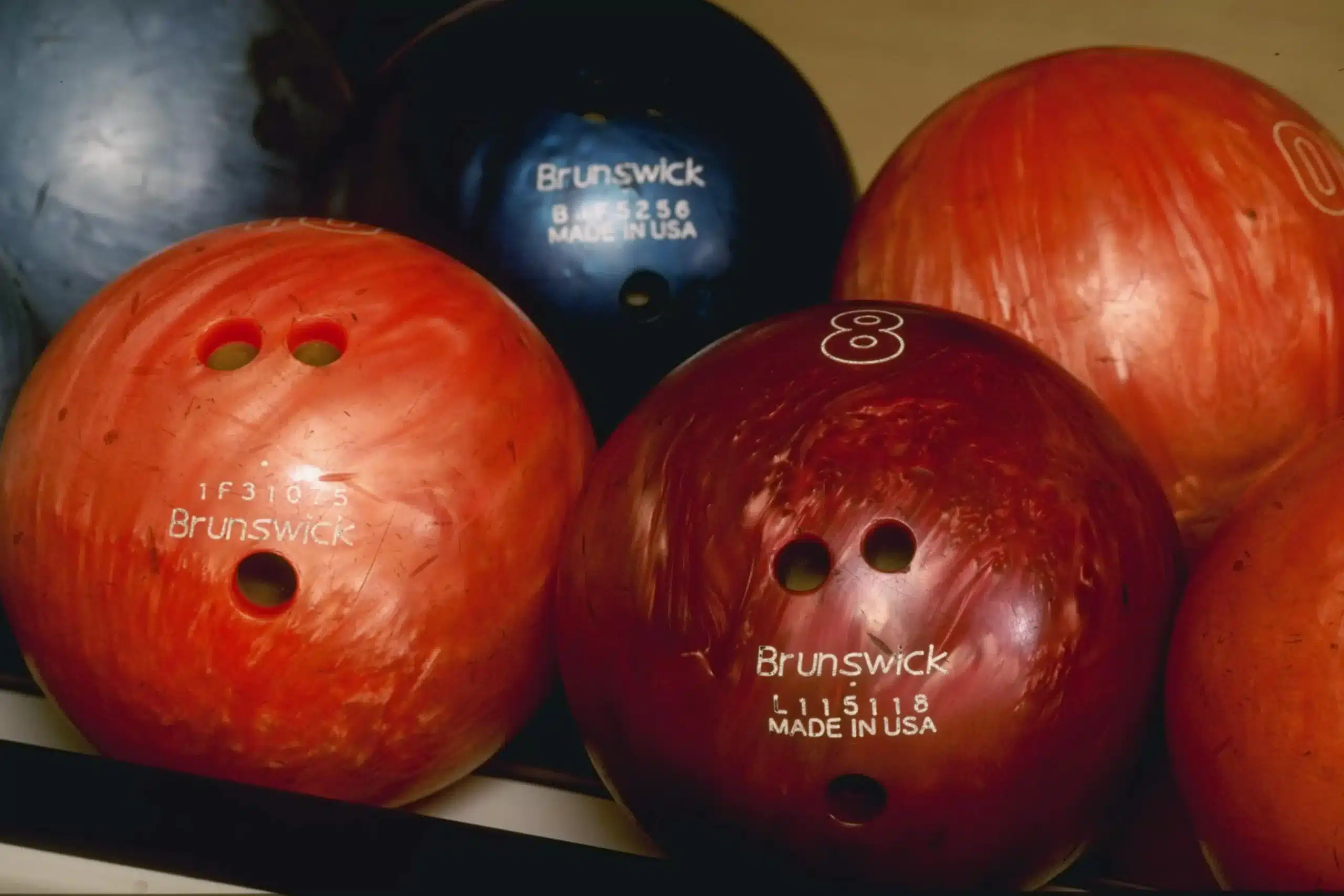Are you a fan of bowling and curious about the different types of bowling balls available? Look no further! In this article, we will be exploring the key differences between a two-piece bowling ball and a three-piece ball. Whether you’re a casual bowler or an avid competitor, understanding these distinctions will help you make an informed decision when selecting the perfect ball for your game. So, let’s get started and unravel the complexities of bowling ball construction together!
Review contents
Construction
Two-piece Bowling Ball
A two-piece bowling ball is constructed with two main components: the core and the coverstock. The core is typically symmetrical and made of a dense material such as urethane or resin. It provides the weight and stability to the ball, allowing it to maintain its momentum and accuracy when thrown down the lane. The coverstock, on the other hand, is the outer layer of the ball and is responsible for its gripping power and reaction on the lane. It can be made of a variety of materials, including polyester, urethane, or reactive resin.
Three-piece Bowling Ball
A three-piece bowling ball, as the name suggests, is constructed with three main components: the core, the inner coverstock, and the outer coverstock. The core of a three-piece ball can be either symmetrical or asymmetrical, offering different weight distribution options for bowlers. The inner coverstock is typically made of a softer material, such as urethane, and provides additional gripping power. The outer coverstock, similar to the coverstock of a two-piece ball, determines the ball’s overall reaction on the lane and can be made of various materials.
Core Design
Two-piece Bowling Ball
The core design of a two-piece bowling ball is usually symmetrical, meaning it has the same shape and weight distribution throughout. This provides a consistent and predictable roll, making it suitable for bowlers who prefer a straighter trajectory or more control. The symmetrical core also helps the ball maintain good momentum and carry through the pins, resulting in better pin action and higher scores.
Three-piece Bowling Ball
The core design of a three-piece bowling ball can be either symmetrical or asymmetrical, providing more options for bowlers to fine-tune their ball reaction. An asymmetrical core offers greater versatility and allows bowlers to create different amounts of hook potential and a variety of ball motions. On the other hand, a symmetrical core provides a more stable and predictable roll, which can be beneficial for bowlers who prefer a consistent shot.
Coverstock
Two-piece Bowling Ball
The coverstock of a two-piece bowling ball is typically made of a harder material, such as polyester. This type of coverstock offers less friction with the lane surface, resulting in a straighter trajectory and less hook potential. It is often preferred by beginners or bowlers who aim for a more controlled and accurate shot. However, the trade-off is that a two-piece ball may not provide as much backend reaction or pin carry as a three-piece ball.
Three-piece Bowling Ball
The coverstock of a three-piece bowling ball can be made of a variety of materials, including urethane and reactive resin. Urethane coverstocks provide a moderate amount of friction with the lane surface, allowing for controlled hook potential. Reactive resin coverstocks, on the other hand, offer more gripping power and create stronger backend reaction, resulting in a sharper hook and increased pin carry. The choice of coverstock depends on the player’s skill level, lane conditions, and desired ball reaction.
Weight Distribution
Two-piece Bowling Ball
The weight distribution of a two-piece bowling ball is typically evenly distributed, with the majority of the weight concentrated in the core. This balanced weight distribution allows for a consistent roll and improved accuracy. It is often favored by bowlers who prefer a more controlled shot with less hook potential. The even weight distribution also helps in minimizing variations in ball reaction caused by changes in lane conditions.
Three-piece Bowling Ball
The weight distribution of a three-piece bowling ball can vary depending on the core design. An asymmetrical core allows for more options in weight distribution, offering bowlers the ability to fine-tune the ball’s reaction on the lane. This can be particularly advantageous when facing challenging lane conditions or when trying to optimize the ball’s performance for a specific shot. Bowlers with more advanced skills often prefer three-piece balls with asymmetrical cores to achieve enhanced hook potential and ball motion.
Hook Potential
Two-piece Bowling Ball
Due to their construction and coverstock material, two-piece bowling balls typically have a lower hook potential compared to three-piece balls. The harder coverstock and symmetrical core design of a two-piece ball contribute to a more controlled roll and less backend reaction. While this may be more suitable for straighter shots and beginners, the lower hook potential may limit the ball’s performance on oilier lane conditions or when trying to create more substantial hook angles.
Three-piece Bowling Ball
Three-piece bowling balls, with their varied core designs and coverstock materials, offer a greater hook potential. The combination of an asymmetrical core and reactive resin coverstock, for example, can create a stronger hook motion and increased pin carry. This increased hook potential allows bowlers to adapt to changing lane conditions, create wider hook angles, and carry the pins more effectively. It is worth noting that the level of hook potential can be further influenced by other factors such as ball surface preparation and layout.
Reaction on Different Lane Conditions
Two-piece Bowling Ball
Two-piece bowling balls are generally more suitable for drier lane conditions or when a straighter trajectory is desired. The harder coverstock and symmetrical core design provide better control and minimize the risk of the ball hooking too much. However, on heavier oil patterns or when facing more challenging lane conditions, a two-piece ball may struggle to find enough friction and may not provide the desired ball reaction.
Three-piece Bowling Ball
Three-piece bowling balls offer more versatility when it comes to different lane conditions. The combination of an asymmetrical core and reactive resin coverstock provides better traction on medium to heavy oil patterns. This allows the ball to read the lane earlier, create a more pronounced hook motion, and achieve a stronger backend reaction. This versatility makes three-piece balls a popular choice among competitive bowlers who need to adapt to various lane conditions during tournaments or league play.
Durability
Two-piece Bowling Ball
Two-piece bowling balls, with their harder coverstock material, are generally more durable compared to three-piece balls. The polyester coverstock can withstand the wear and tear of regular use and maintain its original performance characteristics for a longer period. This makes two-piece balls a cost-effective option for bowlers who bowl frequently or for those who want a ball that will last longer without requiring frequent maintenance or replacement.
Three-piece Bowling Ball
Three-piece bowling balls, especially those with reactive resin coverstocks, tend to be less durable than two-piece balls. The softer coverstock material is more prone to abrasions and requires more frequent maintenance to retain its optimal performance. This may involve regular resurfacing or rejuvenation to remove oil absorption and restore the coverstock’s gripping power. Competitive bowlers who use three-piece balls often prioritize performance over long-term durability and are prepared to invest in the necessary upkeep to maintain their desired ball reaction.
Price Range
Two-piece Bowling Ball
Two-piece bowling balls, particularly those with polyester coverstocks, are generally more affordable compared to three-piece balls with reactive resin coverstocks. The simpler construction and materials used in two-piece balls contribute to their lower price range. This makes them a popular choice for beginners, casual bowlers, or individuals on a budget who are looking for a reliable and cost-effective bowling ball without sacrificing performance.
Three-piece Bowling Ball
Three-piece bowling balls, especially those with reactive resin coverstocks and advanced core designs, tend to fall into a higher price range. The more complex construction and premium materials used in three-piece balls result in an increased cost. This higher price range is often justified by the enhanced performance, hook potential, and versatility offered by three-piece balls. Competitive bowlers or serious enthusiasts who prioritize ball reaction and customization are typically willing to invest in a higher-priced bowling ball.
Skill Level
Two-piece Bowling Ball
Two-piece bowling balls are suitable for bowlers of all skill levels, from beginners to more experienced players. The controlled roll and lower hook potential of a two-piece ball make it easier to maintain accuracy and control on the lane. Beginners can benefit from the forgiving characteristics of a two-piece ball, allowing them to focus on developing their fundamental skills without the added complexity of a more aggressive ball. More experienced bowlers may also find value in a two-piece ball when facing drier lane conditions or when a more controlled shot is desired.
Three-piece Bowling Ball
Three-piece bowling balls, with their higher hook potential and more versatile core designs, are often preferred by intermediate to advanced bowlers. The increased hook potential allows for a wider range of shot options and greater adaptability to different lane conditions. Advanced bowlers have the knowledge and skill to manipulate the ball’s reaction and take advantage of the enhanced ball motion provided by a three-piece ball. Additionally, competitive bowlers who participate in tournaments or league play often rely on three-piece balls to achieve the desired performance edge.
Personal Preference
Two-piece Bowling Ball
Ultimately, the choice between a two-piece and a three-piece bowling ball comes down to personal preference. Some bowlers may prefer the simplicity and reliability of a two-piece ball, appreciating its consistent roll and controlled shot. Others may opt for the versatility and enhanced performance of a three-piece ball, especially when facing challenging or changing lane conditions. Personal preference can also be influenced by factors such as skill level, playing style, and the desired ball reaction. Trying out different balls and seeking advice from experienced bowlers or professionals can help in finding the perfect ball that aligns with personal preferences and goals.
In conclusion, the difference between a two-piece and a three-piece bowling ball lies in their construction, core design, coverstock material, weight distribution, hook potential, reaction on different lane conditions, durability, price range, skill level suitability, and personal preference. Understanding these differences can assist bowlers in making informed decisions when selecting their equipment, ensuring they choose a ball that suits their individual needs and allows them to excel on the lanes.




![Spare bowling ball Top 10 in 2024. (reviews) Top 10 Best Spare Bowling Balls [2021 Reviewed]](http://landofbowling.com/wp-content/uploads/2021/07/Top-10-Best-Spare-Bowling-Balls-2021-Reviewed.jpg)






